Fly fishing for bass is one of the most seen fishing practices among most fly fishers since these fish can help in making the overall fly fishing experience exciting. Bass can also be found in any type of water resource, which means you’d easily be able to notice these fish in any of the rivers and lakes near you. They are very voracious in nature and are always looking for food, which can be one of the reasons why you might think catching bass is easy. However, it isn’t so simple if you aren’t using the perfect flies while fly fishing for bass. Today, we will discuss what flies to use for bass fishing and how to get one. After the completion of our guide, we believe you’d be able to choose the best flies to attach on your tippet while fly fishing for bass.
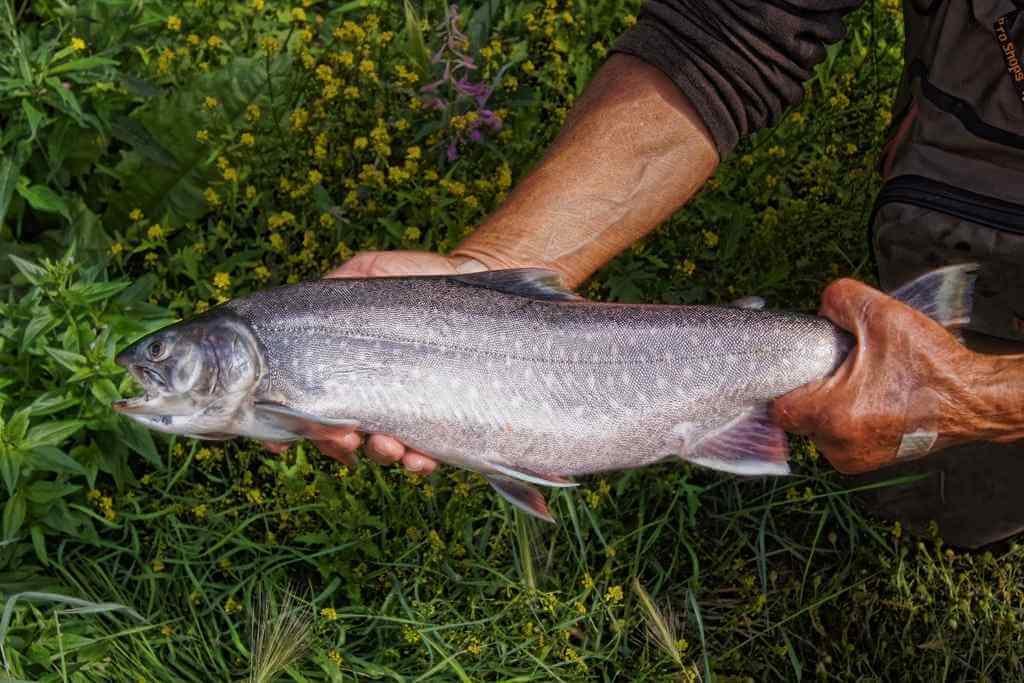
Confusion: What Flies To Use For Bass?
While looking for the best flies to use for bass fishing, you need to know that these fish are always ready to look for food and can grab any food organisms. It might seem easier to catch bass while fly fishing, but the truth is, these fish have the special ability to fight back against 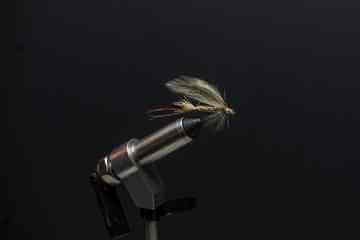 your fly fishing equipment and can easily resist the flies you are casting. This is why you need to know about the best flies you can use for fly fishing for bass. The flies used for bass fishing are similar to the flies you use for trout fishing.
your fly fishing equipment and can easily resist the flies you are casting. This is why you need to know about the best flies you can use for fly fishing for bass. The flies used for bass fishing are similar to the flies you use for trout fishing.
There are several food organisms, both aquatic and terrestrial, that bass is likely to grab and feed themselves. They are always seeking opportunities to get food for themselves to feed on. Most fly fishers usually attach artificial flies that can dive, dart, jig or wiggle as well as swing to hide their artificial nature so that bass can get fooled. You can consider using any sort of flies such as floating bugs, weightless streamers and heavy flies that can jig to attract the bass towards them.
Dry Flies
Dry flies are the best kind of flies you can attach at the tip of your tippet for any size of bass. However, the odds of bass getting away from your dry flies trap aren’t too low which means these voracious fish can fight back and get away from your trap.
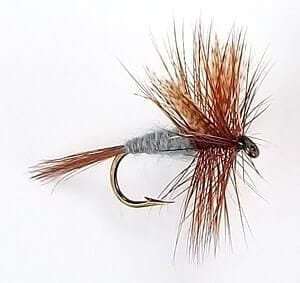 You can find several flies like caddis, mayflies as well as aquatic insects in the rivers and lakes while fly fishing. These terrestrial and aquatic organisms are likely to be struck by bass fishes. Bass usually look for larger food organisms and swallow them directly. This is why attaching these kinds of dry flies can be turn out to be beneficial for you to catch number of bass. The way bass tries to strike on these flies is very similar to the way trout fish do and the only difference is that trout can rise up to swallow smaller food organisms as well.
You can find several flies like caddis, mayflies as well as aquatic insects in the rivers and lakes while fly fishing. These terrestrial and aquatic organisms are likely to be struck by bass fishes. Bass usually look for larger food organisms and swallow them directly. This is why attaching these kinds of dry flies can be turn out to be beneficial for you to catch number of bass. The way bass tries to strike on these flies is very similar to the way trout fish do and the only difference is that trout can rise up to swallow smaller food organisms as well.
In the case of adult bass, using smaller aquatic food organisms for fly fishing may not be helpful. You might want to try out heavier and weedy plants as well as Parachute Adams so that bass might strike on them thinking they are larger mayflies such as Hexagenia, Green or Brown Drake and White Fly.
Streamers
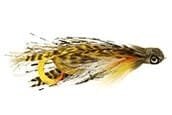 Due to the voracious nature of bass, they are likely to eat other fish near them along with smaller aquatic insects and crayfish which is why using streamers and slow sinking flies as your artificial flies can be helpful to catch both largemouth and smallmouth bass. To achieve the best results, casting these flies to the middle of the water level can be your top priority. You can use realistic streamers to imitate a baitfish or generic and brightly colored materials to imitate wiggling aquatic organisms to capture the most number of bass. Using large sized streamers that can travel in a similar way as the real food organisms can also be beneficial for you to catch more bass.
Due to the voracious nature of bass, they are likely to eat other fish near them along with smaller aquatic insects and crayfish which is why using streamers and slow sinking flies as your artificial flies can be helpful to catch both largemouth and smallmouth bass. To achieve the best results, casting these flies to the middle of the water level can be your top priority. You can use realistic streamers to imitate a baitfish or generic and brightly colored materials to imitate wiggling aquatic organisms to capture the most number of bass. Using large sized streamers that can travel in a similar way as the real food organisms can also be beneficial for you to catch more bass.
You can use streamers in the water column of the lower depth, but using streamers for bass fishing in large water columns containing heavier objects and weedy regions can be the best choice. When you are fly fishing on slow flowing as well as fast flowing rivers, you might want to use crayfish as your streamer for imitating food organisms that bass are likely to strike on. Using 0X tippet along with these organisms can be the best way you can have a bass strike on your trap in such water condition.
While fly fishing with streamers for bass, you need to point the ends of your fly rod exactly towards the fly to make the streamers behave naturally without any difficulties. While using streamers, bass can strike on them either with a precise bump or with pressure on your fly line resulting in a powerful slam at your fly rod.
Floating Bugs
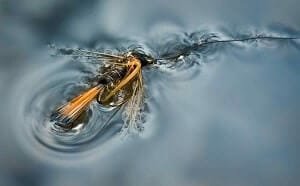 Bass usually look for floating bugs such as poppers, sliders, and divers which can result in a disturbance in the water surface. Poppers can result in a big splash when they are cast on the water surface, divers are meant for floating on the water surface and can dive under the water when you pull your fly line, whereas sliders and other smaller flies can keep swimming creating a slight disturbance in the water surface.
Bass usually look for floating bugs such as poppers, sliders, and divers which can result in a disturbance in the water surface. Poppers can result in a big splash when they are cast on the water surface, divers are meant for floating on the water surface and can dive under the water when you pull your fly line, whereas sliders and other smaller flies can keep swimming creating a slight disturbance in the water surface.
Since poppers and divers can result in the bass to go away from the cast area, these flies can be used during windy or low light situation. On the other hand, sliders and smaller flies can be the best floating bug choice in case of brighter skies. When you are fly fishing with these flies, you need to cast your fly near to the location where bass might be staying. You need to keep them on the water surface without moving your hand much and wait for the bass to strike on your flies. If the bass isn’t likely to strike, you might want to start moving the rod slowly. But, you also need to keep pointing the ends of your rod towards the fly. Since bass stay near the weedy areas looking for the perfect time to strike on food organisms, it would be the best idea for you to cast near these places if possible.
Nymphs
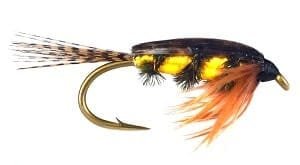 Using nymphs as your artificial flies can be helpful if you are trying to catch smallmouth bass which resides in the river. These bass keep grabbing aquatic insects and nymphs to feed themselves. So, if you try using the nymphing technique, you can easily catch the bass. Some of the major nymphs that you can use for bass fishing include dragonflies, mayfly nymphs, damselflies, and hellgrammites. You can dead-drift your flies while casting using the same method used for indicator fishing to increase the chances of catching the bass.
Using nymphs as your artificial flies can be helpful if you are trying to catch smallmouth bass which resides in the river. These bass keep grabbing aquatic insects and nymphs to feed themselves. So, if you try using the nymphing technique, you can easily catch the bass. Some of the major nymphs that you can use for bass fishing include dragonflies, mayfly nymphs, damselflies, and hellgrammites. You can dead-drift your flies while casting using the same method used for indicator fishing to increase the chances of catching the bass.
Tips For Choosing Flies For Bass
There are several tactics you can apply while choosing the best flies for fly fishing for bass. Here are some tips that can help you choose the best flies for bass fishing.
- For casting on the bottom of a deep water column, you can consider using jiggling artificial flies and moving them slowly so as to attract less active bass to strike on them.
- If you are looking to catch active bass, you might want to consider using streamers which behave similarly to baitfish and other swimming food organisms on the middle of the water column.
- Floating bugs such as poppers, sliders, divers and smaller flies can create a slight disturbance on the water surface. When these flies are cast, they produce huge splash and bubbles which can attract bass to strike on them. This might be helpful when you are fly fishing in low-depth water column.
- If you are planning to catch adult bass, you can consider using dry flies such as Parachute Adams or weedy objects as your flies. Bass can be fooled in this way since these flies can imitate larger mayflies.
Wrapping Up!
This marks the end of our guide that might have helped you choose the best flies for bass while fly fishing in different situations. There are several flies you can choose from to attach on your fly fishing tippet and cast them. However, just selecting the best flies for fly fishing in search of bass isn’t the only thing you need to do since you also need to use suitable fly fishing equipment.
If you have any queries regarding the flies you need to use, you can feel free to write down in the comments. We’d try to get back to you as soon as possible.
